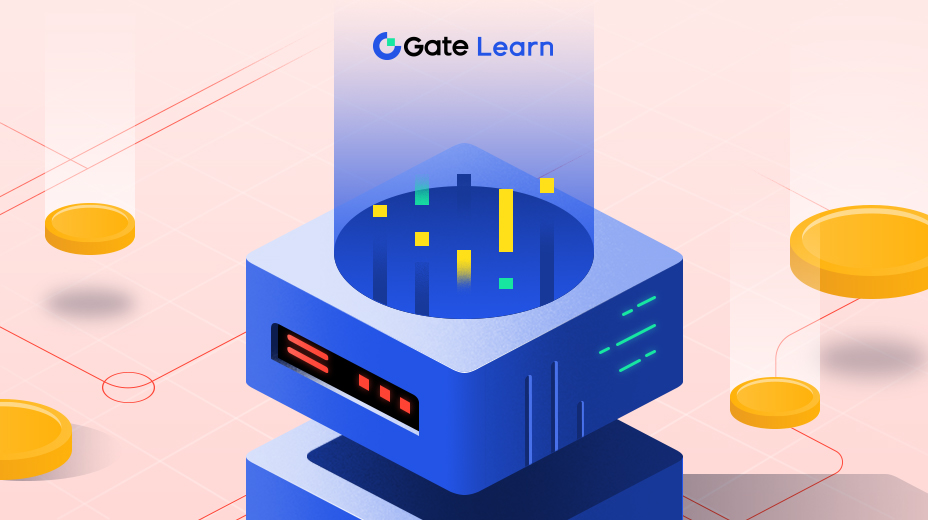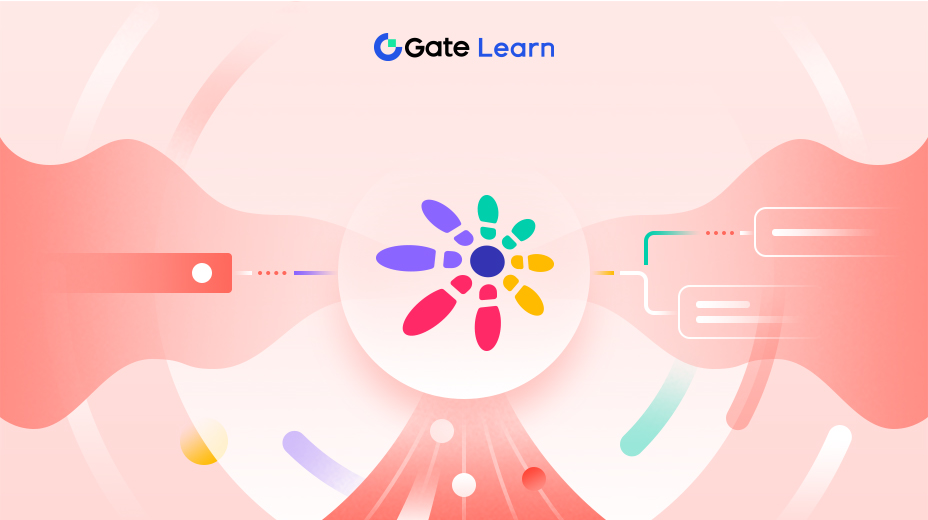Tokenomics of Aethir
This module focuses on how Aethir's ecosystem is powered financially through the ATH token. You'll learn how ATH is used across the platform—for payments, staking, rewards, and governance—and how its design supports network participation and sustainability. The module also covers how ATH tokens are distributed, how different groups receive their allocation over time, and how the vesting schedule supports long-term engagement.
ATH Utility
The ATH token is used across all major functions of the Aethir platform. It is required to pay for GPU computing services—whether for AI workloads, gaming environments, or other resource-intensive applications. Users send ATH directly to GPU providers, bypassing intermediaries and ensuring that value flows transparently across the system. This structure simplifies usage and aligns all participants around a single token standard.
ATH also serves as the reward mechanism for network contributors. GPU providers earn ATH in exchange for delivering compute power. Checker Node operators, who are responsible for validating service quality and uptime, are paid in ATH as well. Their participation is essential to keep the system accountable and efficient. To activate a Checker Node, participants must stake ATH, which introduces a level of economic responsibility into the system.
The token is also tied to governance. Holders of ATH can take part in protocol-level decisions, voting on proposals that shape the direction of the platform. This includes potential changes to reward structures, validator requirements, or treasury allocation. Governance participation is optional but designed to ensure that those most invested in the network’s success have influence over its development.
ATH Supply and Allocation

The total supply of ATH is fixed at 42 billion tokens. This amount has been carefully divided across key groups to support the network’s operations, long-term sustainability, and community participation. Half of the entire supply—21 billion ATH—is reserved for compute providers and Checker Node operators. This allocation ensures that the majority of tokens go directly toward incentivizing the infrastructure that powers the network.
The remaining supply is distributed as follows: 12.5% to the core team, 11.5% to early investors, 7.5% to the DAO treasury, 7.5% for ecosystem development, 6% for airdrop initiatives, and 5% to advisors. These distributions are managed through specific schedules, with vesting periods applied to most allocations to reduce speculative pressure and encourage long-term engagement.
Allocating such a large share of tokens to node operators reinforces Aethir’s focus on actual usage. Instead of concentrating ownership among insiders, the network is structured to reward those who contribute real work. The ecosystem development fund and DAO treasury serve as tools to fuel future partnerships, grants, and technical expansion.
ATH Vesting Schedule

Aethir applies structured vesting schedules across most major allocations to avoid sudden supply shocks and to promote longer-term involvement. These schedules vary depending on the recipient group. For the team, tokens are locked for 18 months, followed by linear vesting over 36 months. Investors follow a slightly shorter path with a 12-month lock-up and 24 months of linear release afterward.
The DAO treasury unlocks gradually over four years, giving the network ample time to decide on strategic funding needs through governance votes. The ecosystem development fund is split between immediate access and a longer vesting period. Half becomes available at the time of token generation, and the rest is released steadily over two years.
Airdrops follow a phased structure. The first 25% of tokens are distributed at the time of listing, the next 25% after eight months, and the remaining 50% after sixteen months. This ensures that airdrop recipients remain engaged with the platform for an extended period and don’t immediately exit the ecosystem.
Rewards for Checker Node operators and compute providers are governed by performance schedules. These are not pre-released but are earned over time based on verifiable activity and service quality. This approach helps match token emissions with actual usage and value creation rather than relying solely on speculative mechanisms.
ATH Economic Design
The token design behind ATH supports Aethir’s goal of building a scalable, permissionless GPU compute layer. Its functions span transactions, validation, incentives, and governance. These roles are connected through an internal economy where usage and participation drive value. The system avoids complexity by keeping ATH at the center of all processes.
Transaction flows are simple: users spend ATH to access GPU resources, and providers earn it by contributing hardware. Checker Node operators are paid for overseeing service quality, and participants who stake or delegate their tokens help secure the system. These relationships create a feedback loop where those providing value are rewarded, and those seeking service gain reliable access.
The staking mechanism strengthens accountability. Anyone operating a Checker Node must stake ATH, which introduces a potential cost for misbehavior. Delegators can support nodes without running them, giving non-technical users a way to earn yield. This process keeps the network open to a wider group of contributors without compromising performance or integrity.
Governance adds a layer of coordination to this economy. Proposals and decisions about the system’s future are driven by those who hold and stake tokens. Treasury funds and development plans can be voted on, giving the community a role in shaping the protocol’s direction. Governance also ensures transparency, as all voting outcomes are recorded and auditable.
Aethir’s token economy is designed to grow alongside adoption. As more applications use decentralized GPU infrastructure, demand for compute and staking is expected to increase. With fixed supply and a transparent distribution model, the economic system offers a framework that prioritizes real usage, fair rewards, and long-term alignment between network participants.
Highlights
- ATH is used to pay for GPU compute power, reward providers, stake in validation, and participate in governance.
- 50% of the total token supply is allocated to active contributors—Checker Node operators and GPU providers.
- Vesting schedules for team, investors, and airdrops ensure gradual distribution and long-term alignment.
- Staking is required to run validation nodes, and delegation options are available for non-technical users.
- The ATH economy is built to scale with platform adoption, tying token demand to real usage.





